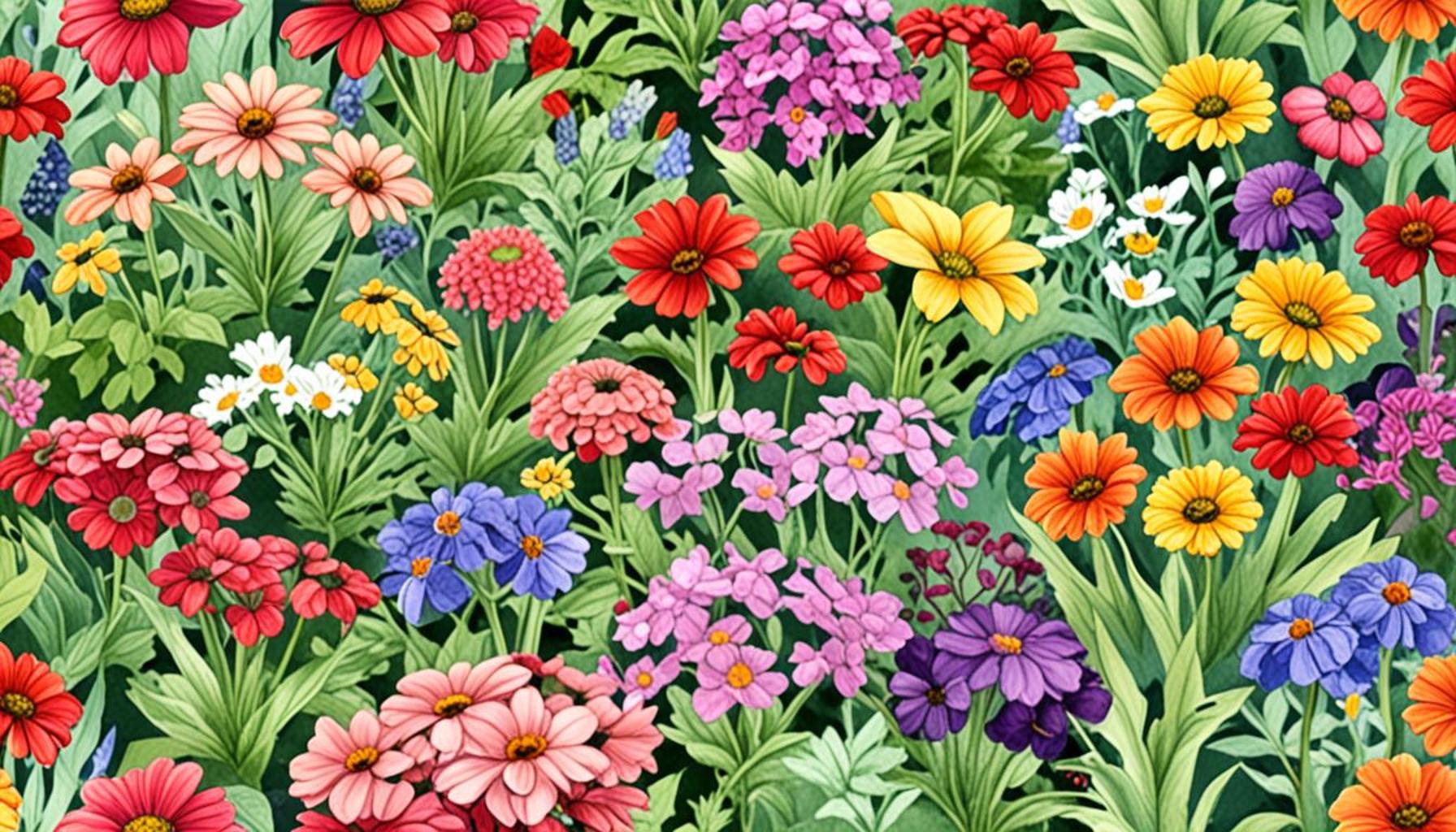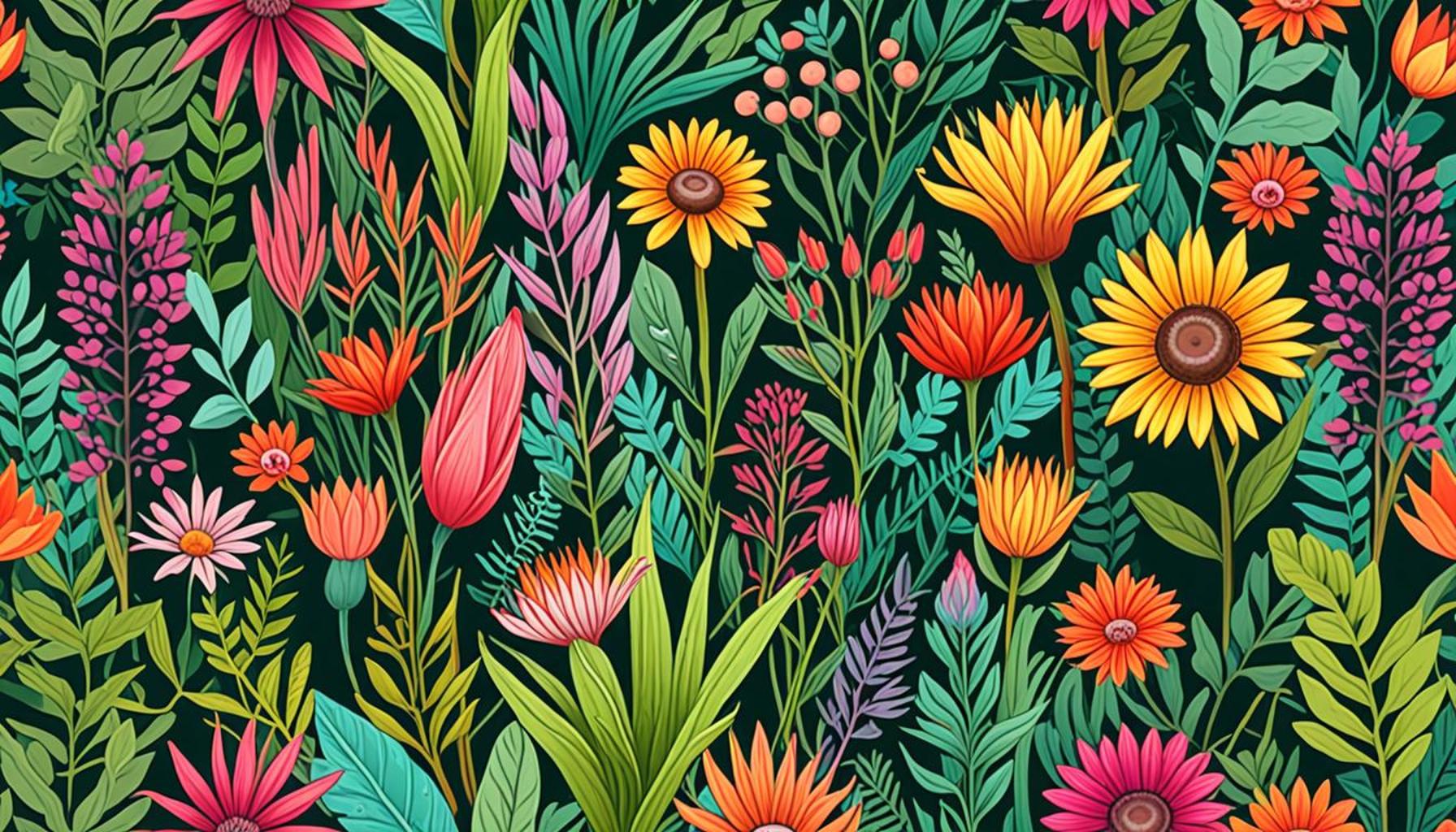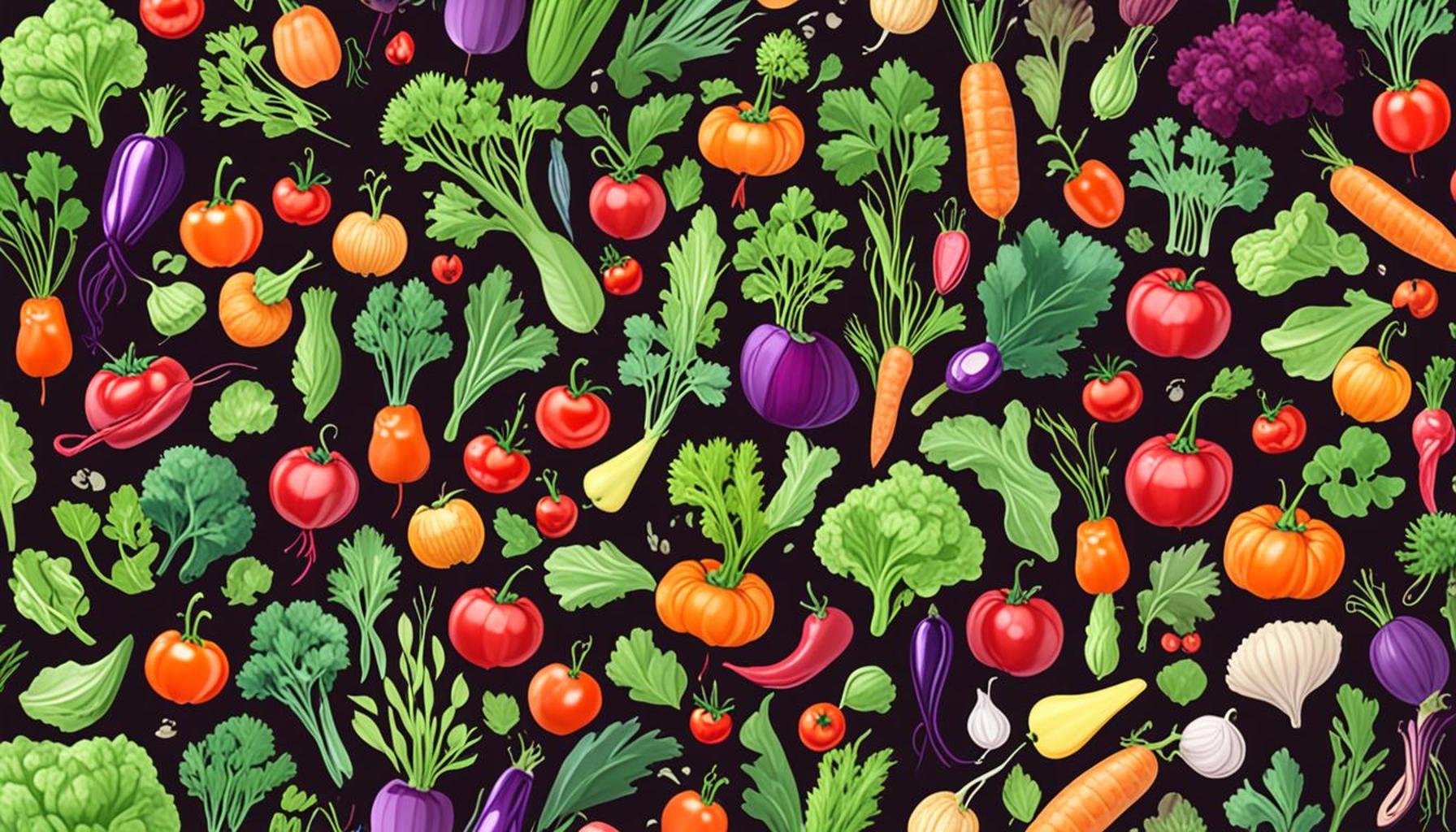Choosing Plants for Small Spaces: Selection and Arrangement Tips for Beginners
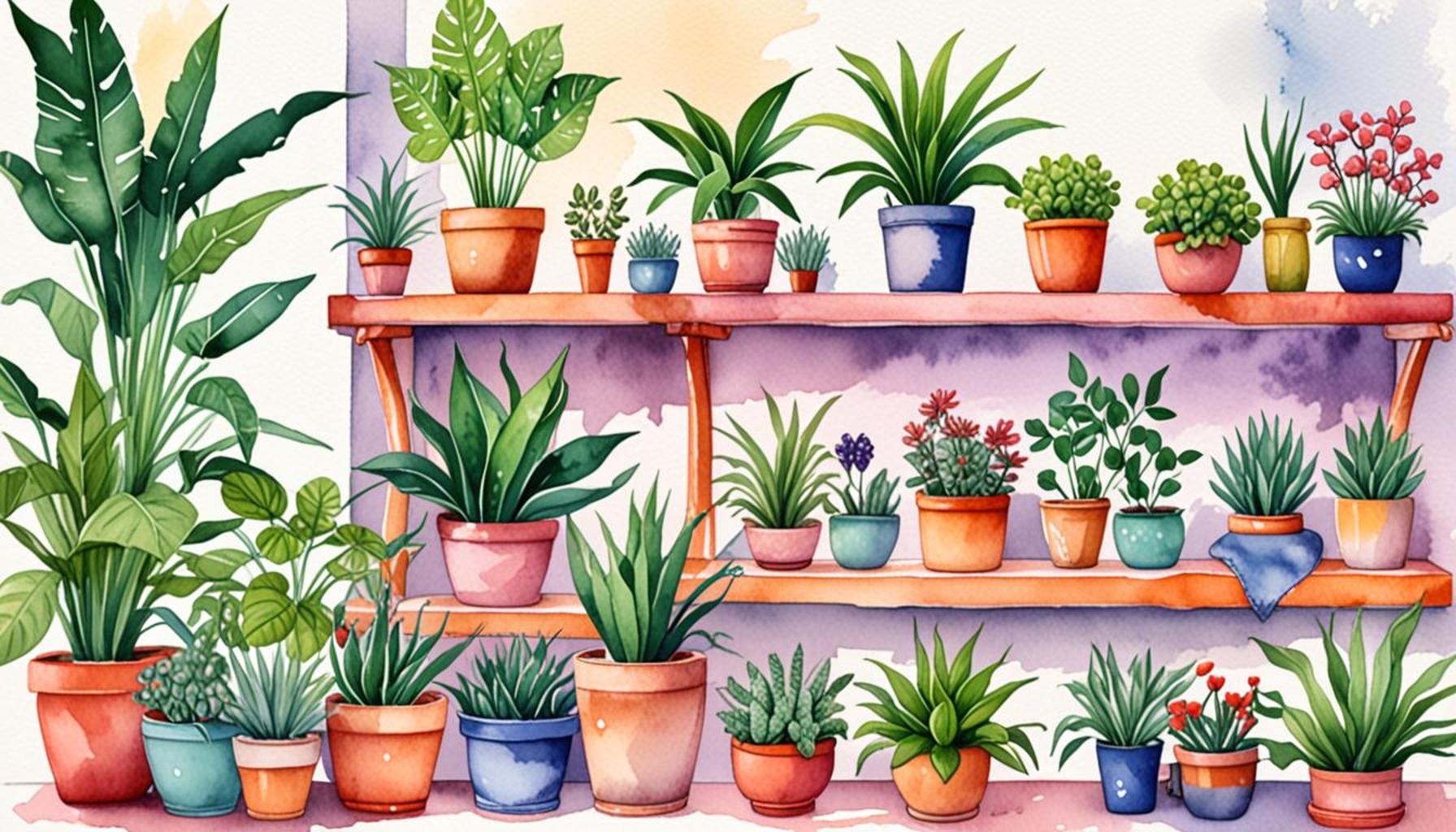
Unlocking the Potential of Small Spaces
Living in a compact area doesn’t mean you have to sacrifice your love for plants. In fact, choosing the right plants for small spaces can breathe life into confined corners, turning them into vibrant green retreats. With a bit of knowledge and creativity, you can maximize your space while enjoying the numerous benefits of indoor gardening. Not only do plants enhance the aesthetic appeal of your home, but they also improve air quality and promote mental well-being.
Factors to Consider
Before diving into plant selection, consider these key aspects:
- Light Availability: Assess the natural light your space receives. Is it bright, moderate, or low? Different plants have varying sunlight requirements, with some thriving in direct sunlight and others preferring indirect light. A south-facing window, for example, offers abundant sunlight, ideal for sun-loving plants.
- Space Dimensions: Measure your available space to ensure plants won’t overcrowd your area. Consider the height and width of your plants at maturity; this will help you avoid choosing plants that will become too large for your surroundings.
- Climate Compatibility: Understand your local climate to choose plants that thrive in your environment. For instance, humidity levels can significantly affect plant health, especially for tropical species that require moist conditions.
With these factors in mind, you’ll be better equipped to select the ideal plants that not only fit but flourish in your small living quarters. Moreover, understanding how each of these elements interacts can lead to a more harmonious living space.
Popular Plant Choices
Here are some excellent plant options for small spaces:
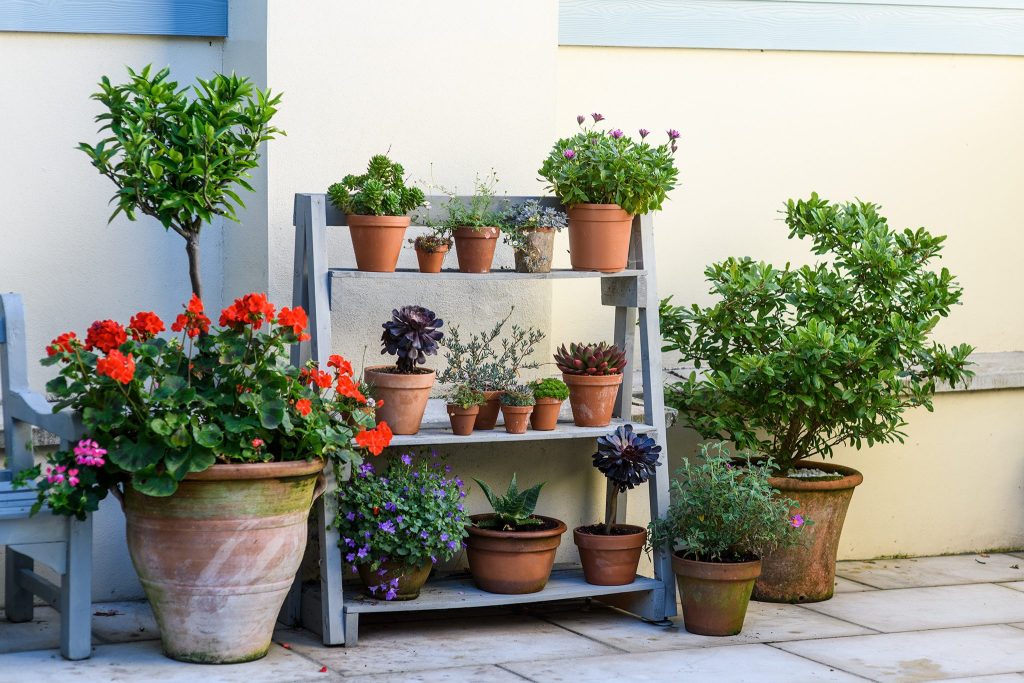
- Succulents: Perfect for low-maintenance enthusiasts. Varieties like the jade plant or echeveria not only occupy minimal space but also add a striking visual appeal. Their ability to store water makes them ideal for busy individuals or those new to gardening.
- Snake Plants: Tolerant of low light and infrequent watering, they are nearly indestructible. These plants also purify indoor air by absorbing toxins, making them a practical and healthy addition to your home.
- Herbs: Useful in the kitchen and easy to grow, consider varieties like basil, mint, or rosemary. Having a small herb garden is not only convenient for cooking but also allows you to enjoy the fresh aroma of herbs in your living space.
Exploring various arrangements and plant combinations can transform any small area into a delightful and personalized green space. Think about vertical gardens or hanging planters to utilize wall space effectively. Incorporating plants on shelves or in stylish pots can also enhance the decor while maximizing your available area.
With a little imagination and the right plant choices, your compact living space can thrive as a lush oasis that both soothes and inspires. Dive into the fascinating world of indoor gardening and discover the joy that plants can bring to your daily life!
DIVE DEEPER: Click here to learn more
Understanding Small Space Dynamics
When it comes to urban living or cozy homes, space is often at a premium. Yet, the right selection of plants can transform even the most confined areas into flourishing green zones. To start with, consider the unique dynamics of small spaces. Effective plant selection will not only enhance the surrounding environment but also create areas that foster relaxation and creativity.
Understanding Your Environment
Before you embark on your plant journey, it’s essential to have a grasp of your environment. Here are some critical factors to weigh:
- Lighting Conditions: Each plant species has specific light requirements. Observe whether your space receives full sun, partial shade, or mostly low light throughout the day. For example, if your apartment has a north-facing window, you might want to focus on shade-resistant plants such as ferns or pothos, which can thrive without direct sunlight.
- Space Utilization: An understanding of both horizontal and vertical dimensions is crucial. Think about how much floor space you’re willing to dedicate to your plants. Utilizing vertical space with wall-mounted planters or hanging pots can free up valuable floor area while providing beauty at eye level.
- Humidity and Temperature: The indoor climate can significantly impact plant health. Many tropical plants prefer humidity levels that indoor heating systems may not provide. If you choose to go with such varieties, consider placing them in bathrooms or kitchens where humidity is naturally higher.
By paying attention to these details, you’ll be able to create a thriving environment for your chosen plants, enhancing not just visual appeal but also improving air quality.
Selecting the Right Plants
The next step is selecting plants that match your unique space and lifestyle. Here are some beginner-friendly options:
- Pothos: This fast-growing vine is perfect for beginners and can thrive in various lighting conditions. Its trailing vines add a beautiful cascade effect, making it ideal for hanging or shelf arrangements.
- Spider Plants: Known for their air-purifying qualities, spider plants are both resilient and stylish. They produce “baby” plants that can be easily propagated, adding more greenery without additional costs.
- Peace Lilies: These lovely plants bloom gorgeous white flowers and can thrive in low light. They are also excellent at removing toxins from the air, making them a popular choice for indoor gardening.
When considering plant combinations, think about textures and colors that complement your decor to create a cohesive look. Grouping plants with similar light and water requirements can simplify care and create an effortless harmony within your small space.
Remember, the goal is to create a landscape that resonates with your personal style while enhancing your environment. Embrace the joy of indoor gardening and let your small space flourish into a beautiful green sanctuary!
Choosing the Right Plants for Small Spaces
When it comes to choosing plants for small spaces, understanding which plants thrive in limited areas is crucial. Select plants that not only fit your available space but also align with your lifestyle needs. For example, if you often forget to water, consider low-maintenance options like succulents or snake plants, which are resilient and require minimal care. Additionally, incorporating vertical gardens is an innovative way to maximize space. Plants such as vines or wall-mounted herbs can flourish without occupying precious ground area. This method not only saves space but also adds a focal design element to your home decor.
Arrangement Tips for Small Plant Spaces
The arrangement of plants is just as important as their selection. Utilize shelves or plant stands to create multi-level displays that draw the eye upward, making the space appear larger. Grouping plants with similar care requirements not only simplifies maintenance but provides an appealing aesthetic. Consider using pots in various sizes and textures for a layered look. Combining plants with different leaf shapes and colors can create visual interest and depth. For instance, tall plants can be placed behind shorter ones, creating a dynamic scene that feels lush without overwhelming the area.Moreover, don’t forget about lighting. Assess how much natural light your small space receives throughout the day and select plants accordingly. Ferns and peace lilies are excellent options for low-light environments, while herbs and cacti thrive in brighter spaces.As you navigate through the process of selecting and arranging plants for your small spaces, remember that every choice contributes to creating a serene and inviting atmosphere. Taking the time to choose wisely will ultimately lead to a rewarding and vibrant addition to your home.
| Plant Type | Benefits |
|---|---|
| Succulents | Require little water and thrive in bright light, making them perfect for busy individuals. |
| Ferns | Excellent in low-light conditions and contribute to air purification. |
| Herbs | Ideal for small kitchens and add both culinary flavors and greenery. |
DISCOVER MORE: Click here to learn how to use homemade traps effectively
Creative Arrangements for Small Spaces
Once you’ve selected the ideal plants for your small area, the next step is to focus on arrangement techniques. A well-thought-out plant arrangement can elevate your space, turning it from mundane to extraordinary. Here are some creative strategies to help you maximize your small space:
Layering Your Plant Display
Layering is a fantastic way to create depth and visual interest in plant arrangements. Start by placing taller plants, like a snake plant or a fiddle leaf fig, at the back of your display if it’s against a wall. Use medium-sized plants, such as ZZ plants or rubber plants, in the middle, and smaller plants, like succulents or herbs, in the front. This arrangement allows each plant to be visible and provides a sense of lushness.
Mixing Textures and Heights
Diversity is key. By combining plants with different leaf shapes, colors, and sizes, you can create a stunning and engaging display. For instance, pairing a spiky aloe vera with a round, lush pothos adds unique visual contrast. Consider including plants with varying heights as well; tall plants naturally draw the eye up, while smaller ones can fill in the gaps, creating a harmonious look.
Utilizing Vertical Solutions
When floor space is limited, vertical gardening becomes your best friend. Wall-mounted planters, tiered plant stands, and hanging baskets can enhance the green appeal of your space without sacrificing precious square footage. Consider installing simple shelf units to maximize vertical space. These shelves can host trailing plants that look stunning when allowed to cascade downwards. Try draping string of hearts or using ivy to add charm and elegance wherever you have the opportunity.
Designated Plant Nooks
Create a designated plant nook to anchor your space. This could be a small corner with a selection of your favorite plants, arranged with decorative pots. By grouping them together, you can establish a mini-garden vibe that serves as a focal point. Decorate around it with elements that complement the plants, such as books, pots, or candles that add personality without overcrowding. This dedicated area can serve as a tranquil spot in your home, enhancing relaxation.
Seasonal Rotation and Maintenance
To keep your small space engaging and fresh, consider rotating out seasonal plants or adding new ones every few months. This not only keeps your arrangement dynamic, but it also allows you to tailor your selections based on changing light conditions and weather trends. Moreover, don’t overlook the importance of maintenance, as healthy plants are more visually appealing. Regularly check for pests, dead leaves, and appropriate watering needs to ensure a thriving growth environment.
By utilizing these arrangement tips, you can elevate your small space into a lush and inviting sanctuary. The beauty of small space gardening is that every corner can tell a story, inviting creativity and reflection in even the coziest of homes.
DIVE DEEPER: Click here for essential gardening tools
Conclusion
Choosing the right plants and arranging them thoughtfully can genuinely transform small spaces into vibrant havens of greenery. As you’ve learned throughout this article, the journey begins with considering light conditions and selecting plants that not only fit the aesthetic you desire but also thrive in their environment. For instance, if your space is bright but dry, plants like succulents or cacti are perfect companions, while shadier corners may be suited for snake plants and pothos, which are known for their hardiness. There’s a wide range of options catering to different tastes and maintenance levels, including aromatics like basil or mint, which can also enhance your culinary endeavors.
The importance of creative arrangement cannot be understated. Techniques such as layering—where taller plants stand at the back and progressively shorter ones in front—can create visual interest while ensuring that all plants receive adequate light. Mixing textures, such as the smooth leaves of a rubber plant alongside the feathery fronds of ferns, can also invigorate your space. Additionally, utilizing vertical solutions like wall-mounted planters or hanging pots can help free up valuable floor space, allowing you to craft a lively green wall or a cascading display of plants. This approach not only maximizes your available space but adds depth and character to your setup.
Creating designated plant nooks is another wonderful strategy. Dedicating a corner of your room or a shelf specifically for your plant collection can create a sense of purpose and elegance. Additionally, by practicing seasonal rotations—changing out plants based on blooming cycles or seasonal aesthetics—you can keep your indoor gardening experience engaging and fresh throughout the year. Imagine swapping your summer vibrant petunias for autumnal hues of ornamental kale or using fairy lights to emphasize winter favorites.
Ultimately, small space gardening encourages a nurturing relationship with nature, often fostering mindfulness and a sense of tranquility. Engaging with plants can be a calming ritual, offering both aesthetic joy and psychological benefits. Whether you are a seasoned plant enthusiast or a curious beginner, embracing the principles discussed herein will surely lead you down a path of creative exploration and joy in your indoor oasis. Remember, every plant has a story—what will yours tell? Take the time to dive deeper into this enriching pursuit, and who knows, your small space may just become a lush sanctuary that inspires others as well.
